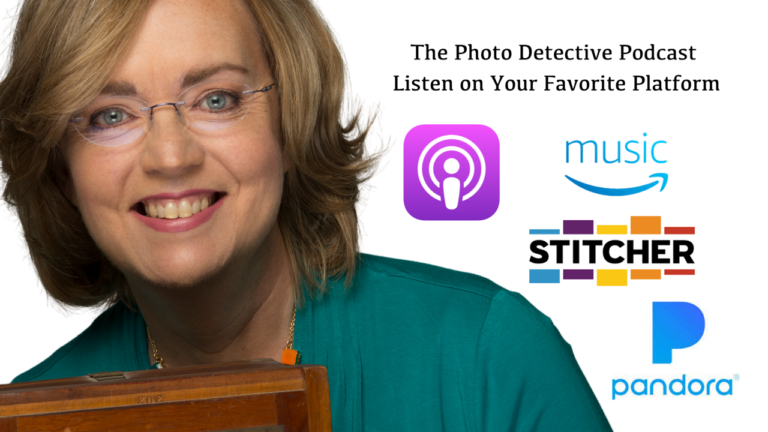1. Hi Maureen, thanks for joining us today! Whenever I see you at conferences, I am always fascinated by your job. Can you tell us what a “Photo Detective” does in the genealogy world?
Maureen Taylor, The Photo Detective is a trademarked business name. As “The Photo Detective”, I help clients connect their photographs to their family history. I look at everything from the clues in the images, to those in their genealogy, and beyond. Whatever it takes to solve the mystery or deepen the understanding of that image.
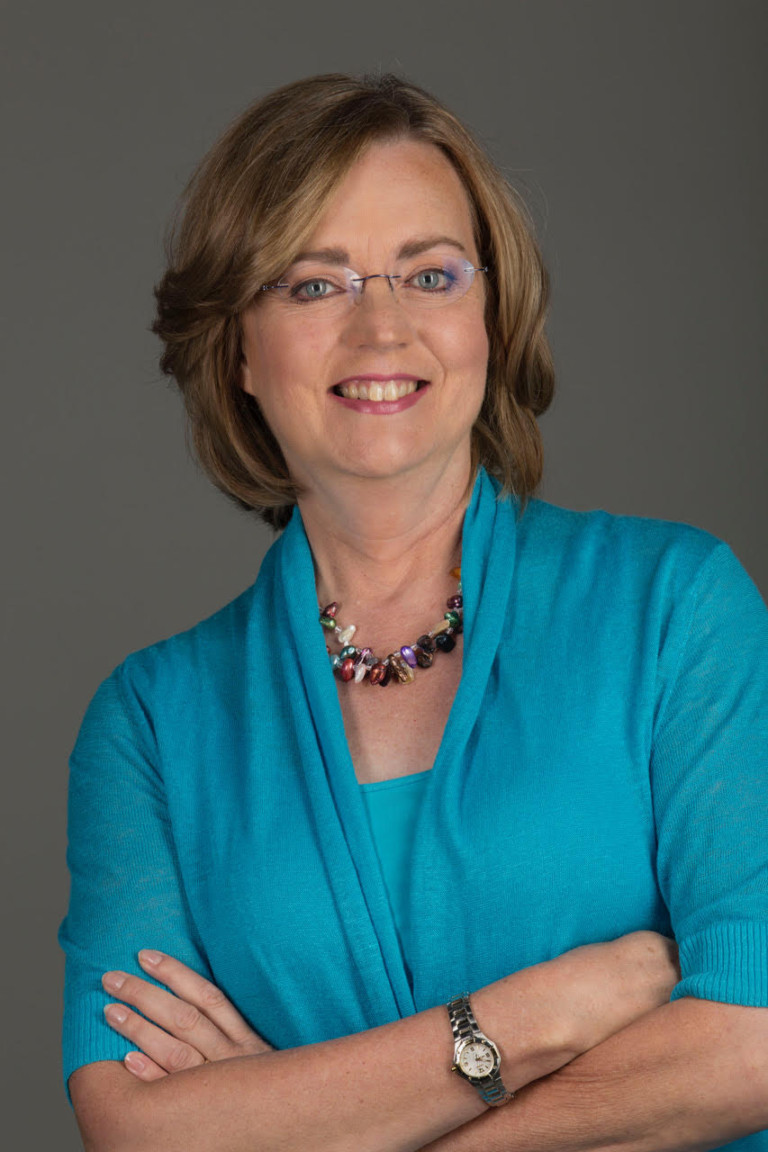
2. That sounds so interesting. How did you get started in this specific field?
Early in my career, I was a curator of non-print materials – everything from architectural drawings to printed paper ephemera and, of course, photographs. I have a Master’s degree in history, so working with the past is a passion.
3. I think a lot of people here share that passion! As for your work, do you look at original photographs people send you or at e-mailed scans?
When we used to be able to gather, I gave in-person photo consultations at conferences, but the virtual consult is not new. I’ve been working remotely with client images for a long time. Now, there are two options for people to discuss their photographs with me: phone or video (with screen sharing). Clients then receive a recording of their consultation afterwards.
4. That sounds helpful. Let’s talk about your process. When someone gives you a family photograph, what is one of the first things you look for?
I look for the most unusual feature in the picture and try to assess a date. While clients are asked to supply what they know about an image, I look at that last. Sometimes the information matches the date of the image, and in other cases it doesn’t. That’s where the fun comes in. 🙂

5. The mysteries we genealogists love! What clues in particular help you to date a photograph? I can imagine many people have family photos, but don’t know what decade they come from, and therefore who might be in them.
Evidence of the date includes the format of the photo, the specific photographer’s work dates, and, of course, what folks are wearing. There are those facts, but there are also subtleties that add to the clues. For instance, is the picture a copy? Is the fashion current? Does it identify someone’s social standing, political beliefs, or occupation? There are multiple things that can help you date a photograph.
For one example of a photographic mystery, check out A Photo Mystery and a Family Argument, a case study of the photo and caption below.
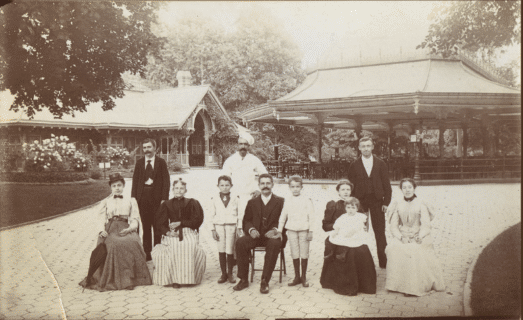
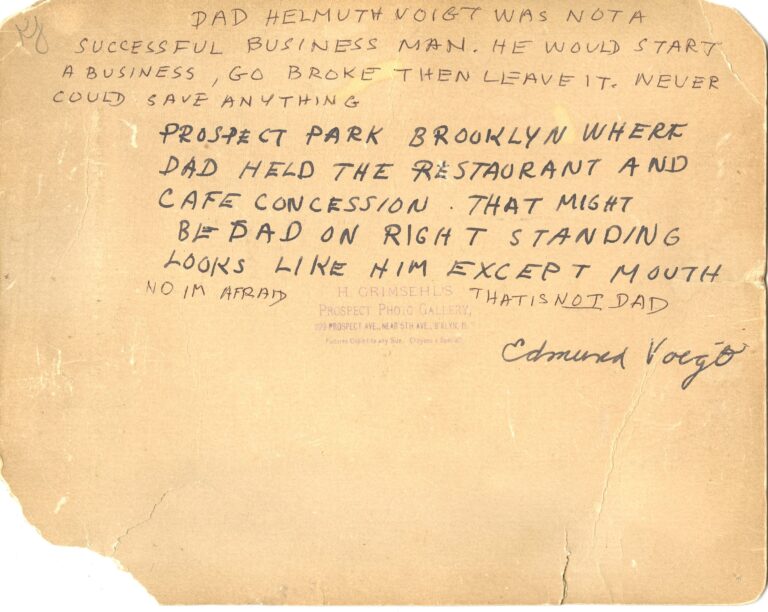
To find out how Maureen solved the mystery, see here.
6. That all makes sense. What about people’s faces? If there are two photographs from different time periods, what do you look for in faces to ensure that a person is the same person as a young woman and an old woman, for example?
When looking at faces, it’s important to match up the points of someone’s features, such as the shape and position of the eyes. Weight gain/loss or the natural aging process can influence how we see a face. It’s the details like eye color, shape of the nose and mouth that help. But it can be tricky because there are doppelgängers in the family.
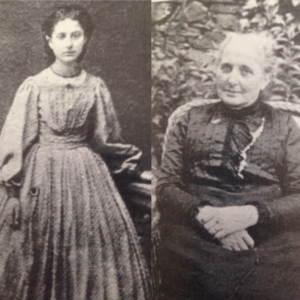
7. I can imagine. But I know many of my clients have been amazed at what you’ve been able to find. What are some of the most fascinating photos and/or projects you’ve ever worked on?
Each photo problem is unique because of the family history. I’ve worked on several “famous” photos reputed to be Western heroes. It’s fascinating when someone comes to me with an image that predates their family research. The hunt is then on for a match on the family tree. In addition to being a photo historian, I’m a genealogist.
8. What is the most difficult thing about working with photographs?
There are photo challenges. There are subtle differences in photo evidence around the world. Uniforms can be tricky. Are they wearing military dress, a fraternal outfit, or is it fancy dress for an event? Not everything is online, so over the years I’ve built a library of reference tools.
9. I’m sure that’s helpful to have. What about surprises? Anything that surprises your clients the most that you’ve found in their photographs?
It’s the little things that surprise them. After looking repeatedly at an image, clients tend to overlook details. It’s natural. Eye color and jewelry clues are two of the most common things that are missed, so be on the lookout for those.
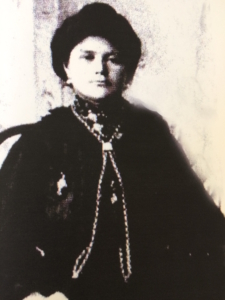
10. Jewelry sounds fun to watch out for. That’s a great tip. How has your work helped your clients advance their research? Any specific examples?
It’s great when a client does their homework. Yes, I give assignments at the end of a consult. One client, June Thomazin, spent ten years looking for the facts behind two photos. Her task was to follow the branches of the descendants and see what they had. She found 5 copies of the same image. You can listen to her entire story on The Photo Detective podcast, episode 144 here. It’s a good one!
11. I’m sure people will check that out! As we get to the end of the interview, what specific advice would you give to people trying to work with their photographs? What should they be looking for besides what you’ve mentioned so far?
When looking at a familiar image, close your eyes. When you look at it again, try to see it with fresh perspective. One of the key factors to photo identification is the provenance. Who has owned it from now back to the date the people in the image posed? If you don’t know this, you can end up assuming it’s a wrong person.
12. Oh, I never thought about ownership. Another great clue. What about preserving photos? Any advice?
Preserving photos is easy and not as expensive as it once was. You need acid and lignin free files and boxes, polyester sleeves, and a soft lead pencil. Today it’s essential to use a digital photo organizer. I use Memoryweb.me because of the metadata capabilities.
13. Great, thank you! Anything else you’d like to tell us?
My podcast is available on iTunes, Amazon music, Facebook, Stitcher, and Spotify. Each week I feature a guest on photo history, photo preservation, tools you need, and fashion history. Sometimes I have a guest talk about images during the American Revolution, a topic related to my Last Muster series of books.
14. It’s a great podcast, I can attest to that! Finally, how can people contact you if they would like to hire you?
I’m on social media everywhere as @photodetective. You can also reach out through my website https://maureentaylor.com
Thanks to Maureen for all her tips! Let us know what you think about the interview – plus any photo stories you may have – in the comments!
